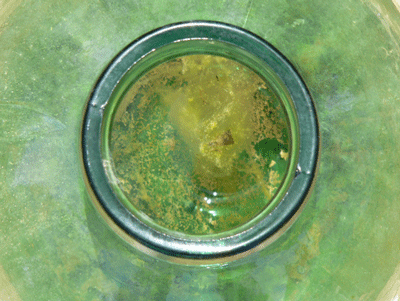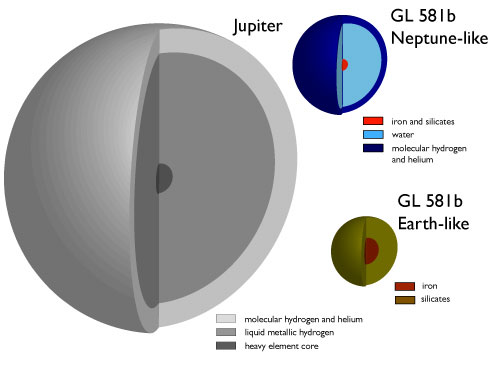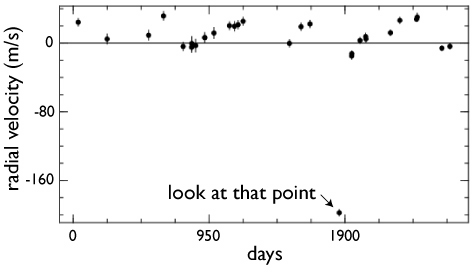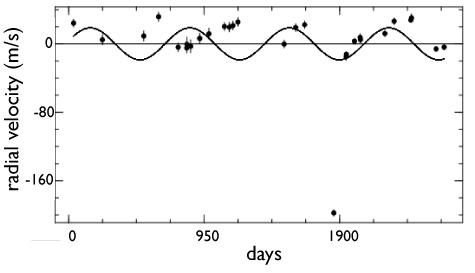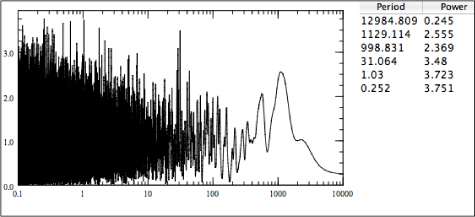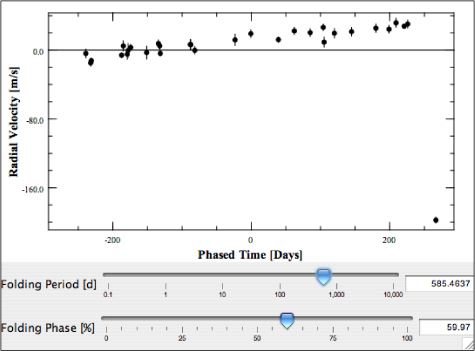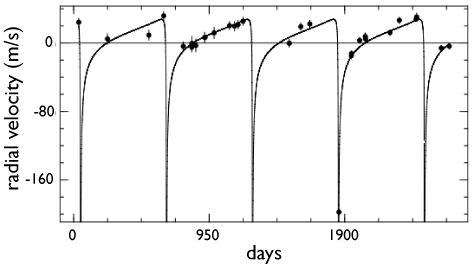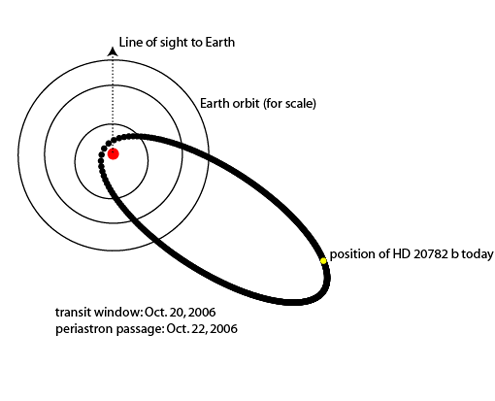The frigid outer reaches of the solar system are generating a lot of activity. Pluto, Charon, Sedna, Quaoar, and 2003 UB313 all clamor for attention on the pages of the New York Times. The glamour to be gained from discovering these strange cold orbs has produced skulduggery of the highest caliber: the hacking of internet observing logs, the computation of an orbit from a series of telescope pointings, a hasty search of a guilty patch of sky. This is the stuff of thrillers. I’ve enjoyed it from the sidelines.
I have no stake and little interest in the “Is Pluto a Planet?” debate, but one point does seem clear. I seriously doubt that New Horizons would currently be on its way to the edge of the Solar System if Pluto had been stripped of it’s planetary status in 1978 when its tiny mass was finally revealed by the discovery of Charon. An unexplored outer planet can captivate the imaginations of congressional staffers. The 2nd-largest known member of Colonel Edgeworth and Dr. Kuiper’s belt just doesn’t have the same effect.
And I’d certainly pay my ~ $2.50 share to see a close-up picture of 2003 UB-313 as well…
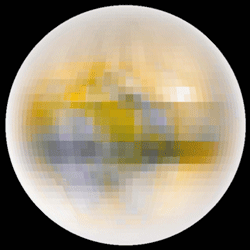
Surprisingly, the image of Pluto shown above is not a photograph in the usual sense. Rather, it’s the two-color reflectivity map of Pluto’s sub-Charon surface that was obtained by (Young, Binzel & Crane 2001) with photometric transit observations. From 1985 through 1990, Charon’s orbital plane with respect to Pluto was close to alignment with the line of sight from Pluto to the Earth. This allowed a map of Pluto’s surface to be constructed by keeping careful track of the brightness of Pluto as Charon transited different chords across Pluto’s face. Measurements of the brightness through two different filters (B and V) allowed a two-color map to be produced. It’s not clear what causes the surface of Pluto to vary in reflectivity. One possibility is that we are seeing patches of methane frost.
Here’s a stop-action movie of Pluto and Neptune during the course of three Neptune orbits. Due to the 3:2 resonance between Pluto and Neptune, Pluto executes close to 2 orbits during the time it takes Neptune to go around the Sun three times. The animation was produced by integrating the two planets with a computer, and then plotting their positions at equally spaced time intervals on a sheet of paper. Peppercorns are then placed on the paper to represent the positions of Pluto and Neptune, and a Kumquat is placed at the position of the Sun. The peppercorns are then “integrated” through their motion using stop-action photography, and the resulting .jpg frames are processed into .mp4 and .mov format animation files.
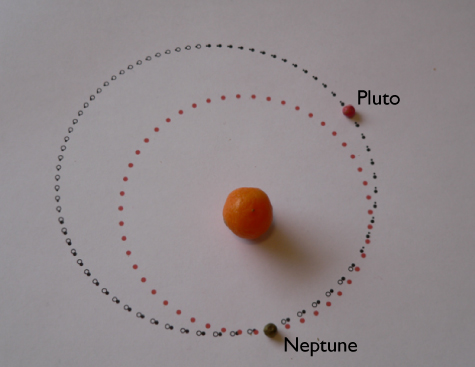
pluto_and_neptune.mp4: If the .mp4 file won’t load in your browser, try this small version: pluto_and_neptune.mov.

